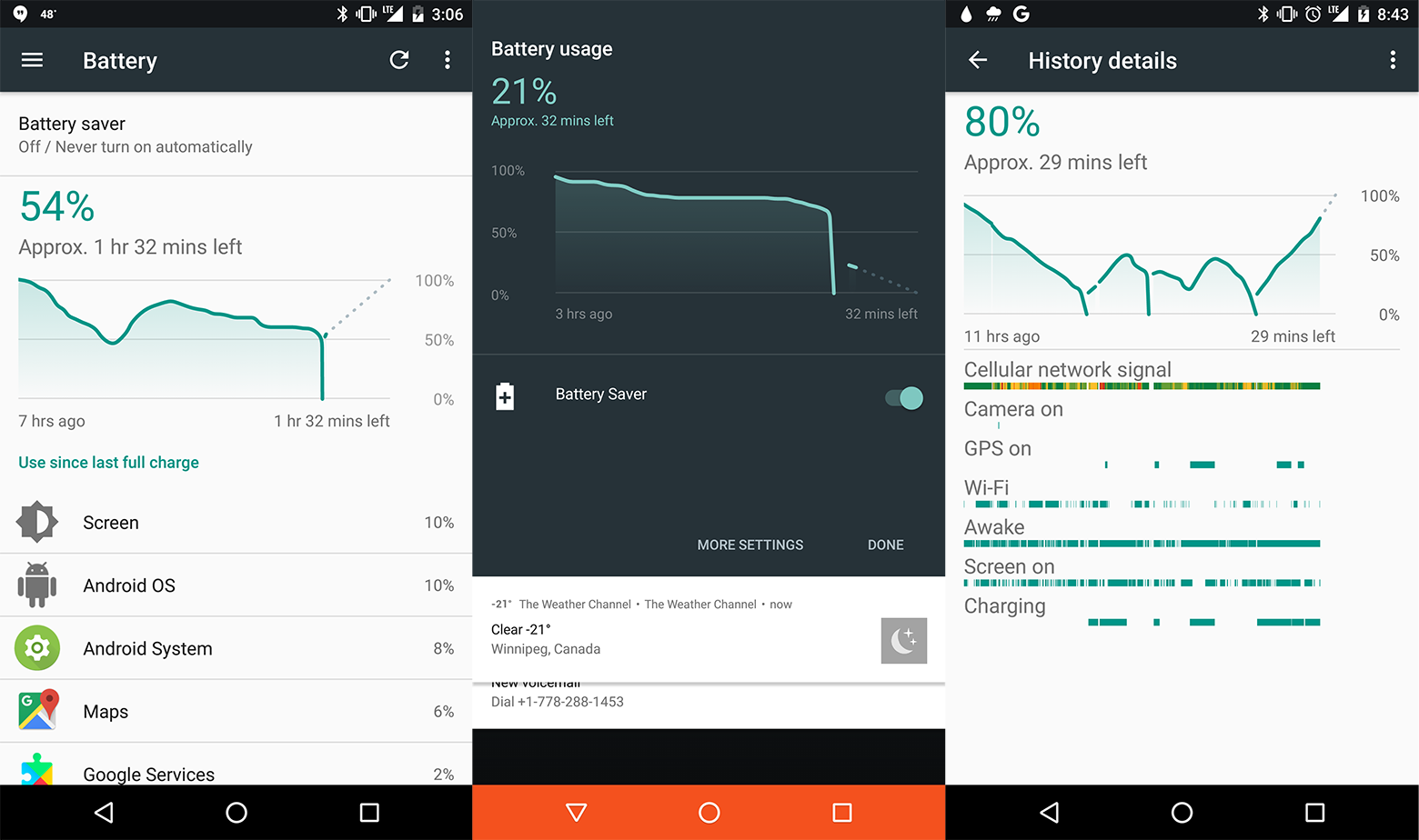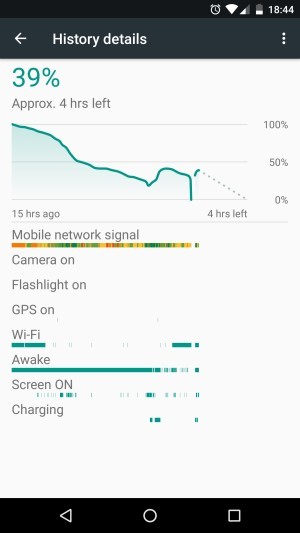Some Google Pixel and Nexus 6P smartphones turn off when ≈30% charge is indicated

It seems that some Google Pixel smartphones are exposed to the same bug that torments the Nexus 6P. When the charge level in the battery reaches 25-35%, the smartphone suddenly jumps to the charge level 0% and turns off. It seems that the technical problems in the phones manufactured by Huawei were inherited. Apparently, this is a hardware problem.
At the time of its launch, the Nexus 6P was one of the most advanced smartphones on the market. Impressive specs, latest version of Android - what could be better for a true Android enthusiast? Problems arose only at the hardware level. Although there were problems for a relatively small number of users, but their number was enough for the defect to be considered massive, and this scared many potential buyers from buying a wonderful smartphone.
 Nexus 6P was released a little over a year and still remains a very decent machine, especially with the update to the latest version of Android 7.0 Nougat in August 2016 with support for the Vulkan API for high-performance 3D graphics in games.
Nexus 6P was released a little over a year and still remains a very decent machine, especially with the update to the latest version of Android 7.0 Nougat in August 2016 with support for the Vulkan API for high-performance 3D graphics in games.But even Doze’s advanced battery saving system (Android 7.1 Nougat activates a power-saving profile when gyroscopes detect walking) doesn’t help to fix the problem with an unexpected shutdown of the smartphone when the charge level reaches ≈30%. It would seem that a minor problem with charge indication, but such a trifle can completely spoil the impression of working with the phone.
Regarding this problem in the bug tracker of the open project Android Open Project Project on November 16, 2016, the corresponding ticket 227849 was opened . As it turned out, the situation is very common. For a month and a half this ticket was marked by 2162 people who are experiencing the same problem.
People report that their phone is turned off when indicating a charge level from 15% to 60%. This is very inconvenient, because when a person puts a phone in his pocket with a charge level of 50-60%, he assumes that the phone remains in active mode throughout the day, he can receive calls. And then it turns out that the device in your pocket suddenly turned off and did not work for several hours. This way you can skip an important conversation.
Some users report that the phone does not turn off, but reboots randomly when it reaches a certain level of charge indication. But this is not much better, because in most cases, after rebooting, the phone needs to enter a pincode, otherwise the phone will remain in the same offline mode and will not be able to receive calls.
Others say the Nexus 6P is included inInfinite download cycle , displaying the Google logo on the screen, but not leaving such a state until the battery runs out. Apparently, in this case, users do not have the opportunity to solve the problem on their own: neither complete cleaning nor installation of runoff images helps. This indicates a hardware failure.
In the AOSP bug tracker, the corresponding ticket was registered only in November 2016, but users started complaining to Reddit and various subject forums like Xda-Developers even earlier . But then it was believed that this is the usual random problems that happen with each phone, and not such a common case, affecting thousands of people.
Some users suggest that the problem could have been caused by an update on Android Nougat. This is indirectly confirmed by the fact that recently, similar problems have arisen for users of the new Google Pixel smartphone, which runs on the same Android Nougat operating system. In the end, a few months ago, a Google spokesman said after the release of the preliminary version of the Nougat Developer Preview, that phones might have problems with a bootloop: “We are continuing to investigate the situation, but we can confirm that this is a strictly hardware problem. If you experience similar problems, contact the place of purchase of the phone for warranty repair. ”
At the same time, Google does not explain which specific hardware problems lead to this result.
Users say that the iPhone 6S phones also have a download hang , and bad devices can be exchanged with the seller without any problems. Some users joke that Android device manufacturers do not have to copy the iPhone to such an extent.
Meanwhile, Huawei and Google launched an investigation . Unfortunately for the victims, Google has marked the issue as having a “low priority” in the bug tracker.
